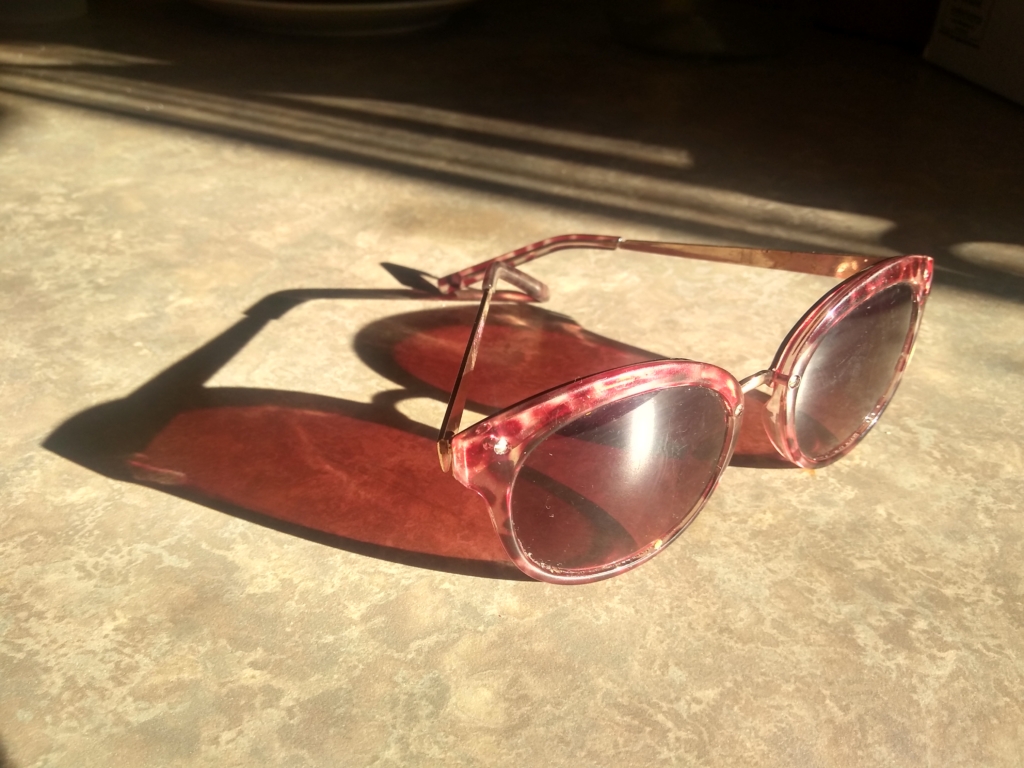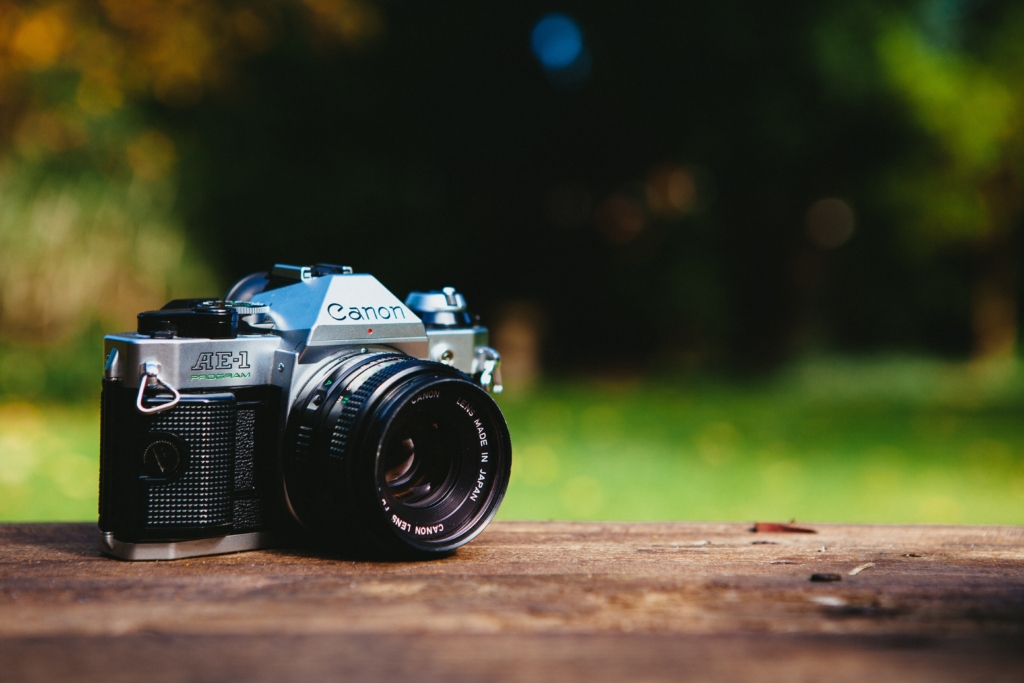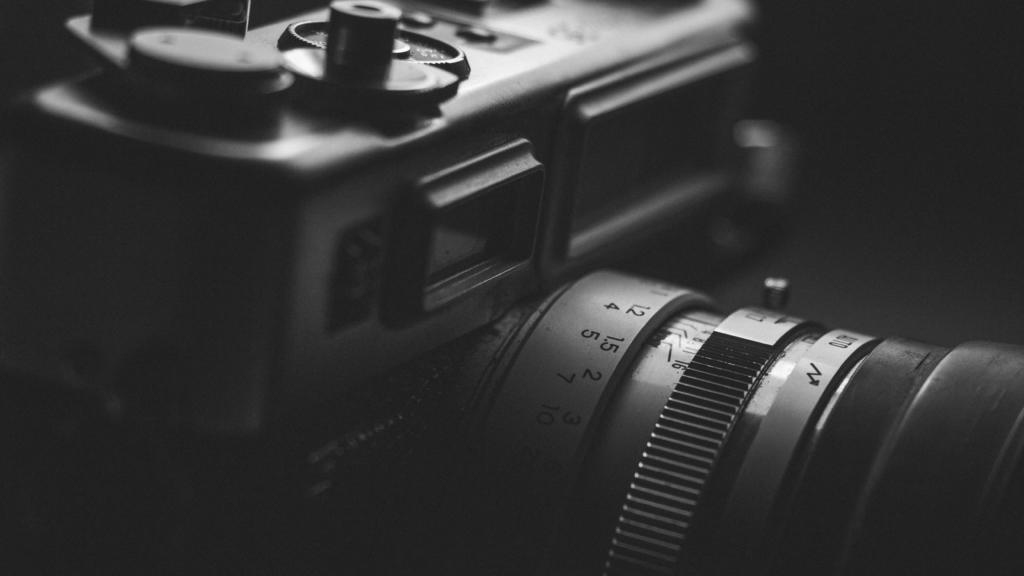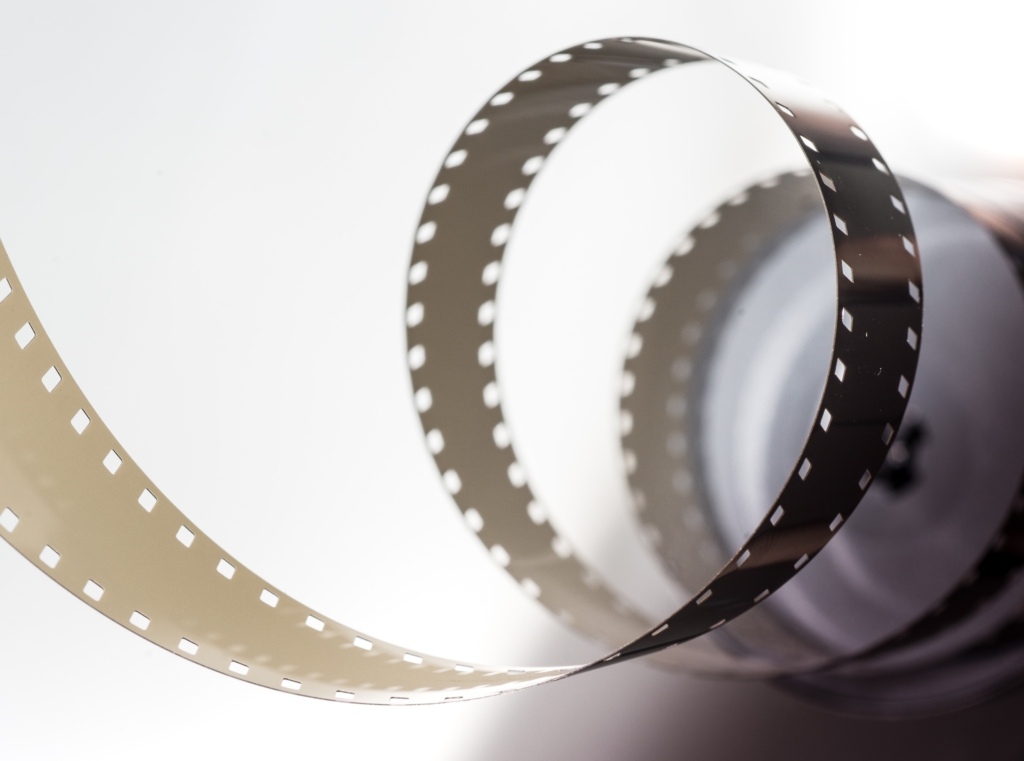“Take off your rose colored glasses and look at the world.”
“Yeah, keep those rose colored glasses on, honey. Don’t look too close.”
“You, and your rose colored glasses. You’re such a Pollyanna. Not everyone sees the world that way.”
I’ve heard those statements, and others that aren’t as nice, many times in my life. Apparently my personal decision to see the world the way I do, in a positive light, REALLY rubs people the wrong way. This morning as I was driving home, enjoying the beautifully cool morning air and the sun filtering through the clouds, I thought I’d like to have my say about that. I typically don’t respond to people who dismiss my viewpoint. They dismiss it after all, so why should I bother? But I’m positive that there are other people out there who share my sentiments and I’d like to say this to defend them as much as myself.
Philosophy and Photography
I took a photography class in college back in the day when we were still using actual film. I had a Canon AE-1 SLR 35mm camera that my mother-in-law had used when she was writing her newspaper articles back in the 70’s and 80’s. It was a wonderful camera, still in as good shape when I borrowed it as when she first picked it up to record the faces and names of the children of the pioneer generation that were dying out in Southern Utah.
I brought it with me to the first day of class and our professor went over the basic theory of photography. I’ve forgotten most of what I learned, it wasn’t my day job and lack of practice usually equals loss of knowledge, but there are a few things that I remember. They were truths that applied to much more than just the skill of taking a quality photograph: they were philosophy. These things have guided my camera, and in many instances they have guided my heart and my thinking.
- Be 100% Responsible: As a photographer, you are responsible for everything within the frame of the photo you are taking. If there’s something you don’t like in the photo either you change your position or you change your subject, perfect photos don’t happen on accident.
- Broaden Your Perspective: If you aren’t sure what the best camera settings are for the shot you want to take, then you need to bracket your shots. Adjust the settings, take a new photo, adjust them again, take more. Don’t miss the perfect photo because you had your settings wrong, learn to widen your settings: adjust your speed, your aperture, and your flash to get the photo that tells the story you are trying to tell.
- Increase Your Contrast: When you process your film and you are working in the darkroom, when your ability to see and your perspective is limited, it’s a good rule of thumb to remember that increasing contrast in a photo makes for a better work of art. It’s the contrasts that lead to clarity, depth, and ultimately meaning in the art.
These principles have impacted my world view in meaningful ways and given me what I’d like to call my “Artistic Philosophy of Life.” I believe that all we learn is connected. What we study in one field bleeds over into other areas of our life. Religion informs my art, art informs my parenting, and on and on.
Be 100% Responsible
“You are 100% responsible for everything in your viewfinder.” Every single time I take a photo, no exceptions, I hear those words in my mind. I have accepted the truthfulness of that statement. I can’t take the photo and then complain about the light, the weather, the subject matter, etc. and refuse to accept responsibility for the photo I took.
Accepting responsibility to be the artist has changed the way I take photos, and more importantly, it has changed the way I see the world. It has made me appreciate how standing on top of something taller can completely change my viewpoint. It has made me understand that crouching down, getting close to the earth or the children I want to photograph, and seeing things from where their eyes are physically located, can give me a more powerful image and a greater rapport with them. Children like it when you take the time to get down in their space to communicate with them.
I have learned to visit the locations I want to photograph at different times of day and different seasons. Sometimes a gate is just a gate, and other times, when the lighting is just right, it’s a portal to a magical realm. Being responsible means revisiting the place I want to record and trying the photo again with different circumstances.
This is a philosophy that applies to a lot more than photography.
Sometimes I have an idea that looks perfect. But the timing, the location, or the background isn’t quite right for what I hope to accomplish. It doesn’t mean that the idea is “wrong” or that I “failed.” It means I know more now about what it’s going to take to create the art/activity/relationship/life that I want. If I accept 100% responsibility for what I see in my life, I’ve given myself permission to work on perfecting my “shot” at this existence I enjoy. If I see someone in my viewfinder who is hurting I can accept responsibility to ease their hurt. If I see an injustice in my viewfinder that I can bring awareness to or change, I can accept responsibility to do everything I can to change it. Being 100% responsible is about learning to see clearly exactly what is before you, and being willing to engage with it.
Broaden Your Perspective
Sometimes the opportunity, the subject matter, and the situation all align perfectly for magic to happen in a photograph. Back in the days of 35mm, when automatic settings weren’t an option on cameras, the serendipitous moments of great art could be lost because one or more settings were not quite right. Too much or too little light, incorrect depth of field, the wrong shutter speed, all of these technical issues could get in the way of recording that moment of perfection. So our instructor taught us to “bracket” our photography.
Bracketing is simply adjusting your camera and taking multiple shots of the same subject with different settings. With 35mm you didn’t have the option to look at your photo and delete it immediately if it was trash. It might be days or weeks before you processed your film, before you could see if you had used the correct settings to get just the photo you desired. In order to avoid having to make a second attempt at a once in a lifetime photo, my instructor taught us to adjust our settings on the spot.
Bracketing, or broadening the kind of photo you want, allows you to narrow in on the “perfect” photo after you’ve had time to consider all of them.
It’s the same as the concept of simplicity AFTER complexity. In order to get what you really want out of this life you need to look at multiple avenues of thought. You need to be willing to give up a narrow-minded definition of perfection in order to see all of the ways in which perfection can be achieved. Once you’ve looked at life with a broader perspective, it’s hard to go back to narrow-mindedness. Bracketing our thoughts, making room for other hearts, holding space for other people and their ideas, leads to finding a better life for ourselves.
Increase Your Contrast
I worked exclusively with black and white film in my photography class. I spent many hours in the dark room: developing my film in complete darkness, creating negatives, working the enlarger, processing the negatives into finished photos. I enjoyed the solitary nature of the work. I love people, they delight me in so many ways, but I also love working alone.
One of the first things you learn in black and white photography is the importance of filters. In order to develop a good black and white photo a color filter is required. Yellow is the standard filter for most photographers, it balances the light and dark areas of a photo without negating the contrast of the two.
However, for more dramatic photos, you need a different filter. You need one that brightens the white areas and darkens the black areas. You need a filter that exposes the contrasts in order to show off the fine details. For that kind of contrast you need a red filter. Red filters bump up the drama. They deepen the color of the sky behind the clouds, they show the dark of the curly lock of hair that falls on a bare shoulder, they highlight the wrinkles in old, cracked, work-weary hands. Red filters increase the contrast and by so doing increase the clarity of the photo.
Red filters come in a host of values, from deep red, almost the color of blood, to a pale, pale red that can easily be called ROSE.
I used red filters a lot in my class. I like the contrast. I love the definition of my subjects when I used the red. I loved how it made the eyes pop, the clouds become mysterious, and the rocks become magical with their shapes and shadows. Using a red filter didn’t change the world, it just increased my capacity to see it clearly.
Kind of like…rose colored glasses.
Have you ever actually HAD a pair of rose colored sunglasses? They do for the eyes what red filters do in a darkroom. They enhance the contrasts. I admit that I’m partial to them. I don’t like sunglasses that make the world darker, I like the ones that make the world clearer while still protecting my vision.
Putting on my rose colored glasses to see the world doesn’t mean that I go through life only looking at the good and ignoring the bad. Rose colored glasses actually increase my awareness of where the problems lie. It also helps me to see where the good is being done. There will always be problems in the world. It’s the nature of…nature, to be full of upheaval, change, growth, and decay. By choosing to see the ways that people are using their skills, gifts, talents, and love to build culture, develop compassion, and serve others I believe I’m supporting their efforts. Doesn’t everyone want to be SEEN for who they are? For the good that they do? There are already too many people in the world listing all the errors without offering solutions. I believe that celebrating the problem-solvers, the solution-finders, the successful-joy-sharers is a way of increasing the clarity of the life we are all living together.
So yeah, I’m going to keep going through life with my rose colored glasses firmly in place. I’m going to keep looking for the good. I’m going to keep opening my mind to make room for the thoughts of others, and I’m going to be responsible for this little corner of the world where I live. This portion that I can see in front of me and that I can interact with.
That’s not me being naive. That’s me caring enough to try. And I’m inviting you to give it a try. Take on this Artistic Philosophy of Life with me. I can promise you this: the view is amazing.





